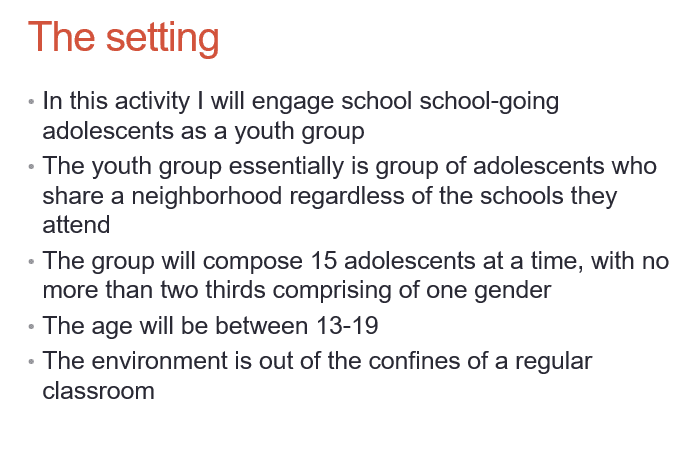Motivating Diverse Learners
Part three: Assignment: Motivating Diverse Learners
Article: Moran, S., Kornhaber, M., & Gardner, H. (2006). Orchestrating multiple intelligences, Educational Leadership, 64(1), 22–27. Retrieved from the Academic Search Complete database.
One of the challenges of motivating and guiding school-age children and adolescents in group or classroom settings is that every child or adolescent has their own unique styles and needs. Howard Gardner’s theory of multiple intelligences provides one way for professionals to understand some of the diversity they will encounter. As Howard Gardner point out in their article, orchestrating multiple intelligences does not mean designing nine different activities for each type of learner. Instead, professionals must create activities and lessons that can be adapted easily for all different types of learners. In this assignment, you will consider how you might orchestrate multiple intelligences in a setting of your choice. You then will create a 5- to 7-slide PowerPoint presentation presenting your ideas.
To begin, think about a lesson or activity you might use with school-age children and/or adolescents within a setting/context of interest to you (school, camp, youth group, after-school program, etc.). Then, choose at least three of Gardner’s multiple intelligences and consider how you might design the lesson or activity so that it nurtures and motivates children and/or adolescents with high levels of each of these three intelligences simultaneously.
Create a 5- to 7-slide PowerPoint presentation that presents your ideas. Be sure to include:
A brief description of your chosen setting
A description of the lesson or activity
A description of how you might design this lesson or activity to motivate children and/or adolescents with high levels of at least three different intelligences
Solution preview for the order on Motivating Diverse Learners
8 slides
